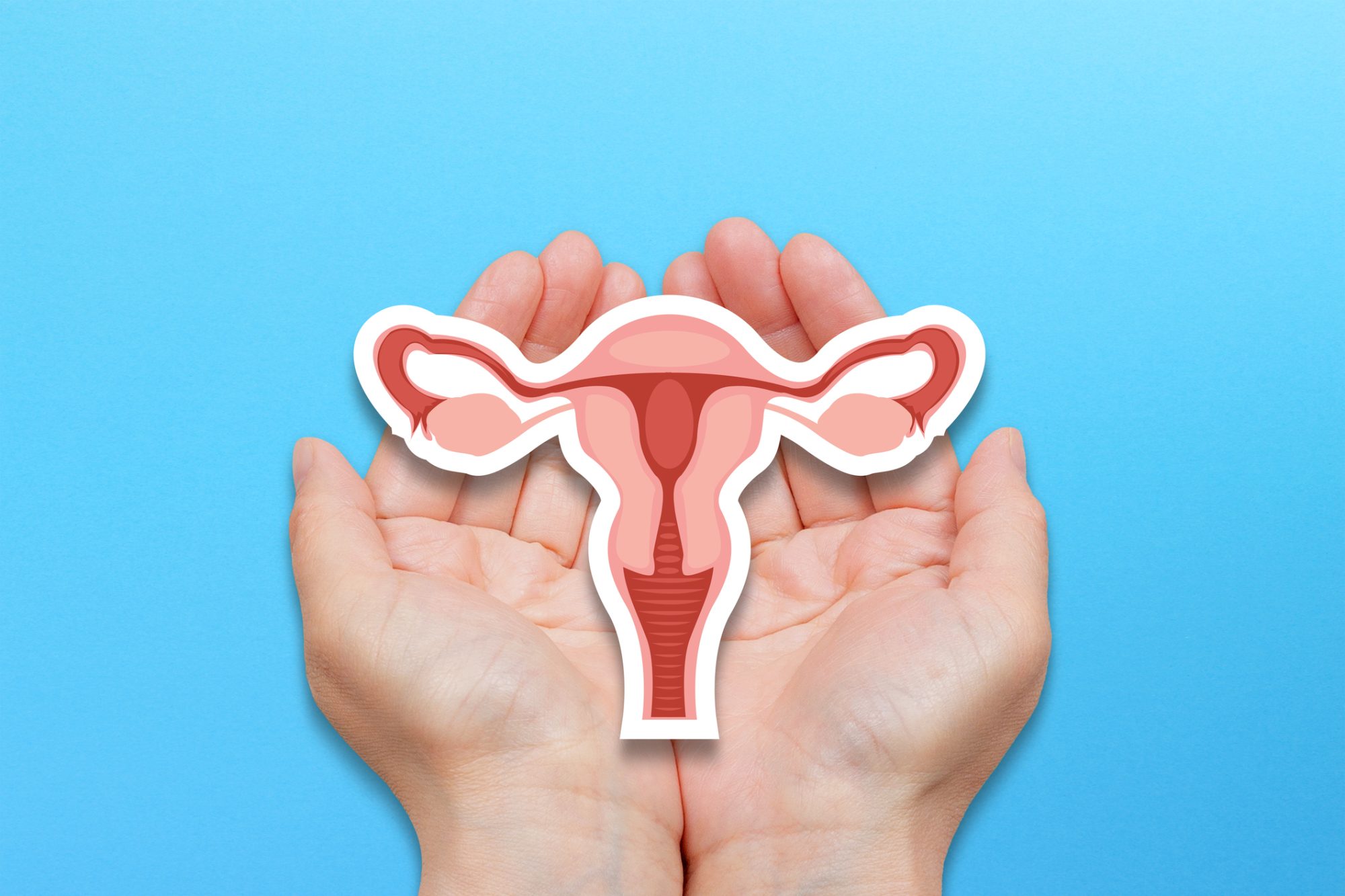Understanding Polycystic Ovary Syndrome
When
Nur started menstruating at 10 years old, she didnt realise that irregular periods were not normal
. She would bleed, sometimes for 15 days, sometimes 22 days, and even, 25 days. There would also be two- or three-month stretches where she wouldnt have a period at all. The irregularity appeared strange to her her peers menstruated monthly and for around a week only but she dismissed her worries. Then, when she was 21, she experienced her longest interval without a period: Eight months. Nur, who had never heard of the gynaecological condition before, was shocked.
She visited a gynaecologist and within a week, learnt that she had polycystic ovary syndrome, also known as PCOS
. It was a lot to take in at 21, Nur said. I wish I had known more about the condition and how common it was so I wouldnt be so afraid.
What Causes PCOS and Risk Factors
Polycystic Ovary Syndrome (PCOS) is defined as a cluster of symptoms, including irregular menstrual intervals, hyperandrogenism, and polycystic ovaries
. Not all women and girls have all symptoms or even polycystic ovaries, but most have irregular menstrual intervals. Insulin resistance is also a key feature of PCOS but is not included in the most commonly relied-upon definitions. The etiology of PCOS is unknown, but there are known genetic associations. Prevailing theories include a) hypothalamic signaling favoring ovarian androgen formation and b) insulin resistance triggering ovarian androgen excess. Challenges in PCOS diagnosis and care arise due to several factors, such as low threshold and over-reliance on prescribing hormonal contraception to young women before establishing a diagnosis, lack of education among all physicians, and inaccuracy of sex hormone assays.
Physical and Mental Impact of PCOS
PCOS has a significant impact on quality of life and long-term health. Symptoms such as hirsutism, alopecia, elevated body weight, cystic acne, pelvic pain, mental health and mood disorders, and hidradenitis suppurativa erode the quality of life. PCOS is significantly underdiagnosed, leading to suboptimal treatment and high prevalence of associated conditions such as obstetric complications, liver disease, and chronic pelvic pain. Inflammation underlies mood disorders and accelerates aging and the risk for cognitive impairment and endometrial carcinoma.
The Need for Further Research and Education
PCOS remains an under-recognized, under-diagnosed, and under-funded condition. The priorities for improving care for people living with PCOS are centered on education and research. The paradigm has allowed the marginalization of health problems that affect women. The same shift needs to occur in federally funded research to fully explore the disorders broader spectrum. Research and education policy need to prioritize PCOS, which affects as many as 15% of women and girls and remains largely neglected by both clinicians and the research community, especially compared to the scale and impact of the condition.
